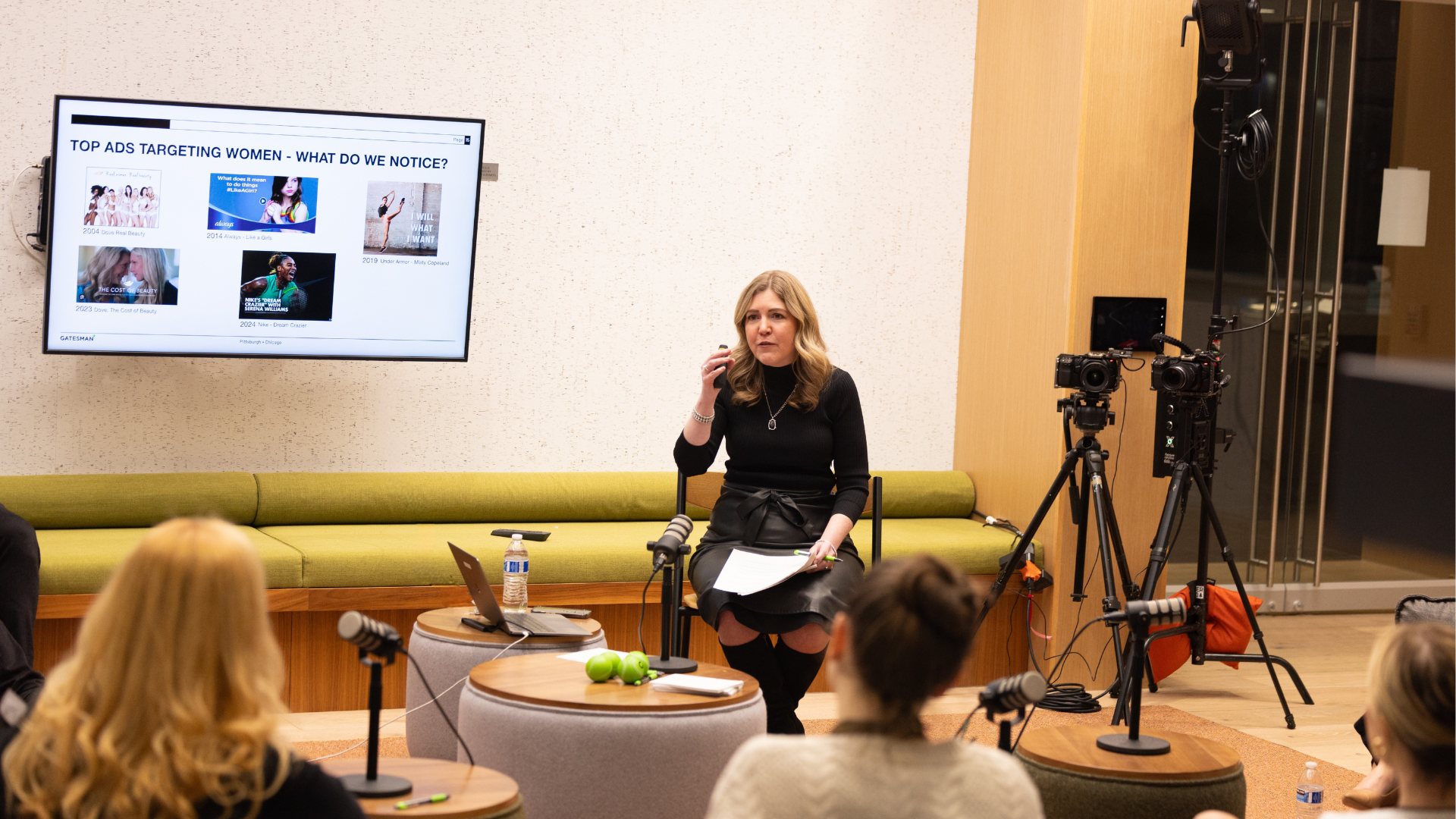Series Introduction: Neuromarketing, a rapidly growing subcategory of marketing research, blends neuroscience and neuropsychology. But these are more than just big words. Recent advances in these fields have made neuromarketing more powerful than ever, allowing marketers to optimize creative design and marketing strategies, and big brands are buying in at a rate that could double by 2021.
Companies like Toyota, Pepsi and Nielson have undertaken their own studies, while over 100 companies offer formal neuromarketing consulting services. Hundreds of millions of dollars are being spent each year to get answers only neuromarketing studies can provide.
Luckily, you can get the scoop on some of the basics right here, through this three-part Social Brain series. Check out part one below and be sure to return next week for part two.
THE SOCIAL BRAIN PART 1:
BE AWARE: THE BRAIN IS A SOCIAL MACHINE
Tough Problems Demand the Right Perspective
Imagine trying to figure out how a calculator works without knowing anything about mathematics. Clicking buttons, you see strange symbols pop up on the screen, and breaking the housing open, you see a clutter of components and processes involved in producing these symbols. But where would you begin your investigation? Without context—knowing that the calculator is a tool designed to do math—the whole apparatus appears far more mysterious than it necessarily is.
Neuroscience is in a some what similar situation. Researchers attempt to discern how one of the most complex machines we know of, the human brain, functions. To this end, having a well-evidenced understanding of what the brain has evolved to do is key to determining how to best study it. In the last two decades, new theoretical perspectives advanced experiments that offer more nuanced, context-specific insights into how the brain works. Many of these findings are actionable to advertisers, so much so that “neuromarketing” has gone from a mere concept to a booming area of industry and research. More than $330 million[1] has been spent spent in the neuromarketing research market across more than 100 companies, with such institutions as Nielsen[2], IPSOS, and Kantar Millward Brown[3] maintaining specialized neuromarketing consulting divisions.
What’s a Good Perspective?
One of the most productive lenses to study the human brain has been viewing it as a “social machine” of sorts. This is the lens that social neuroscience, as a discipline, takes when evaluating the brain. In a lot of ways, it seems obvious that sociality is at the core of what it means to be human. As a species, we’ve historically developed organizational structures beyond individuals—family groups, villages, cities, societies, cultures and ultimately civilizations. Given that these emergent social structures assisted in the survival of the individuals involved in them, brain developments supporting these structures have been selected for evolution. The end result? Humans became more intrinsically social over time.
In addition to social groups supporting individual members’ survival, social interaction generally acted as a catalyst for the evolution of human intelligence as a whole[4]. Our extended adolescence, during which we are vulnerable and dependent, became a trade-off allowing for the training of our intellect via social interaction, social observation and participation in group activities. As we’ll discuss in later sections, our brains process information more completely when it is presented with a social or narrative framing.
Advertisers, at the highest level, should approach their work as an exercise in interpersonal communication, and fundamentally, as an act of sociality—not merely as a tool or service. This frame can offer additional perspective on how to best optimize individual campaigns and marketing efforts, and serve as a stepping stone into the broad array of neuroscientific and psychological research that is applicable to marketers.
Key Take-aways:
- How you frame a problem influences how you go about solving it
- Recent advances in understanding how the brain works have contributed to more actionable scientific results for advertisers
- One of the most productive understandings of the brain is viewing it as a “social machine”
- Studies of the brain and the broader nervous system are now producing actionable insights that boost the performance of advertising
Actionable Tips:
- Marketing messages, and even specific advertisements, should be viewed and designed as forms of social engagement—not just one-way messages but initiators of social interaction and future conversation
- Viewing advertising as a form of social engagement opens the door for social-neuroscience and social-psychological insights
To learn how Gatesman’s approach to Hacking Human Behavior® can be applied to your business, please contact Demar Anderson, VP, Director of Marketing at danderson@gatesmanagency.com.
[1] http://www.marketwired.com/press-release/neuromarketing-maturing-as-research-firms-seek-leverage-its-advantages-reports-bcc-research-2141037.htm
[2] http://www.nielsen.com/us/en/solutions/capabilities/consumer-neuroscience.html
[3] http://www.nmsba.com/neuromarketing-companies
[4] https://books.google.com/books?hl=en&lr=&id=nQk5Pv9kf-YC&oi




.jpg)